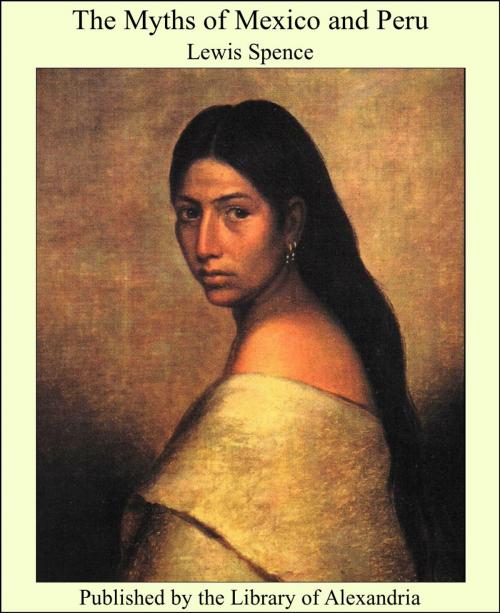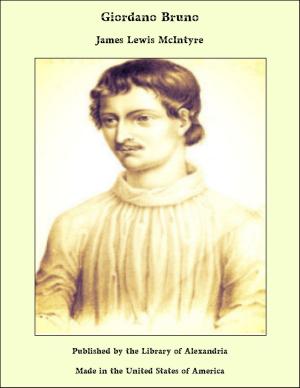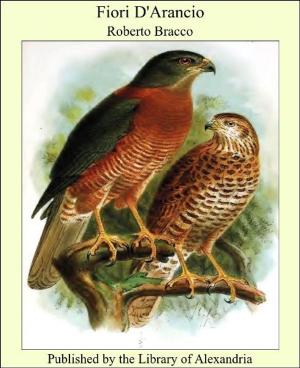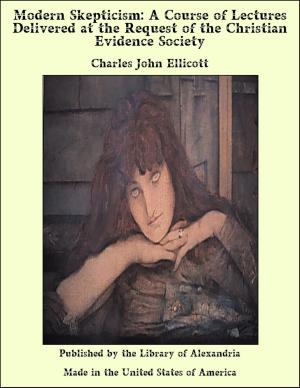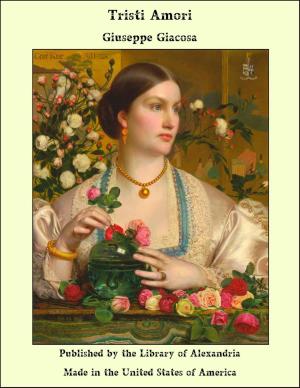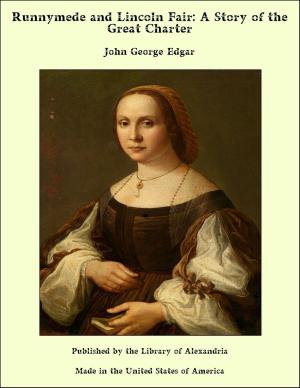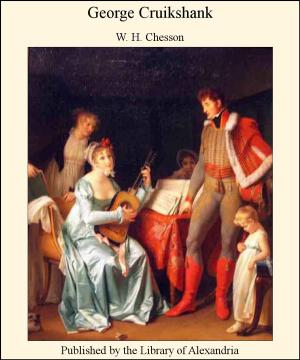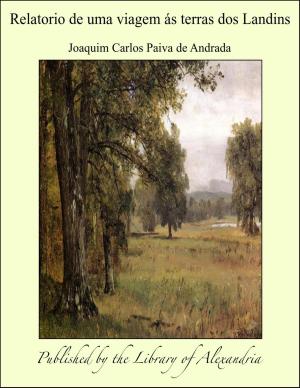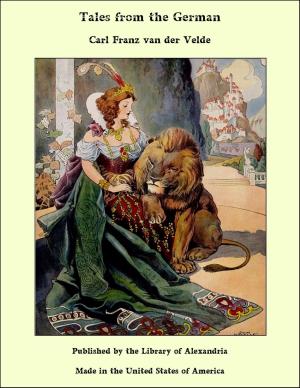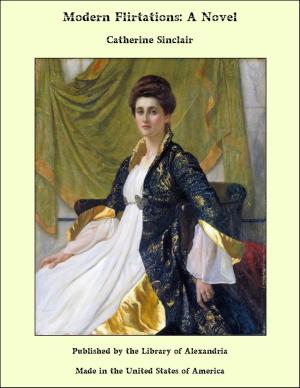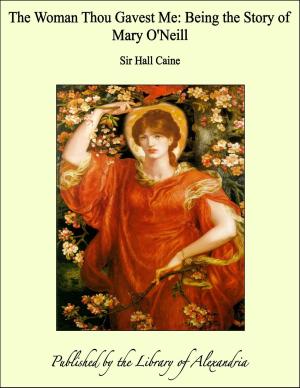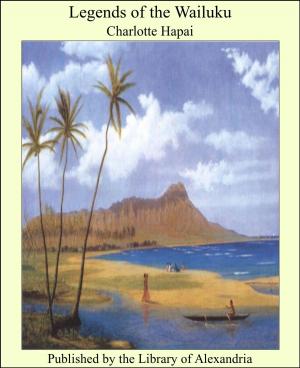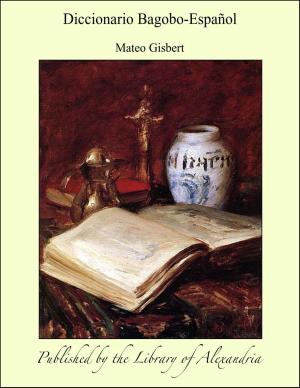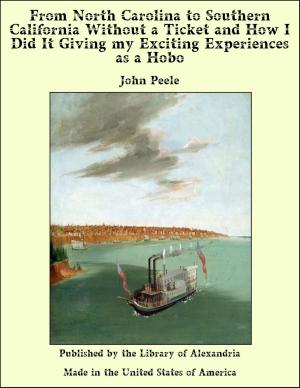The Myths of Mexico and Peru
Nonfiction, Religion & Spirituality, New Age, History, Fiction & Literature| Author: | Lewis Spence | ISBN: | 9781465536082 |
| Publisher: | Library of Alexandria | Publication: | March 8, 2015 |
| Imprint: | Language: | English |
| Author: | Lewis Spence |
| ISBN: | 9781465536082 |
| Publisher: | Library of Alexandria |
| Publication: | March 8, 2015 |
| Imprint: | |
| Language: | English |
IN recent years a reawakening has taken place in the study of American archaeology and antiquities, owing chiefly to the labours of a band of scholars in the United States and a few enthusiasts in the continent of Europe. For the greater part of the nineteenth century it appeared as if the last word had been written upon Mexican archaeology. The lack of excavations and exploration had cramped the outlook of scholars, and there was nothing for them to work upon save what had been done in this respect before their own time. The writers on Central America who lived in the third quarter of the last century relied on the travels of Stephens and Norman, and never appeared to consider it essential that the country or the antiquities in which they specialised should be examined anew, or that fresh expeditions should be equipped to discover whether still Further monuments existed relating to the ancient peoples who raised the teocallis of Mexico and the huacas of Peru. True, the middle of the century was not altogether without its Americanist explorers, but the researches of these were performed in a manner so perfunctory that but few additions to the science resulted from their labours. Modern Americanist archaeology may be said to have been the creation of a brilliant band of scholars who, working far apart and without any attempt at co-operation, yet succeeded in accomplishing much. Among these may be mentioned the Frenchmen Charnay and de Rosny, and the Americans Brinton, H. H. Bancroft, and Squier. To these succeeded the German scholars Seler, Schellhas, and Forstemann, the Americans Winsor, Starr, Savile, and Cyrus Thomas, and the Englishmen Payne and Sir Clements Markham. These men, splendidly equipped for the work they had taken in hand, were yet hampered by the lack of reliable data -a want later supplied partly by their own excavations and partly by the painstaking labours of Professor Maudslay, principal of the International College of Antiquities at Mexico, who, with his wife, is responsible or the exact pictorial reproductions of many of the ancient edifices in Central America and Mexico. Writers in the sphere of Mexican and Peruvian myth have been few. The first to attack the subject in the light of the modern science of comparative religion was Daniel Garrison Brinton, professor of American languages and archaeology in the University of Philadelphia. He has been followed by Payne, Schellhas, Seler, and Rrstemann, all of whom, however, have confined the publication of their researches to isolated articles in various geographical and scientific journals. The remarks of mythologists who are not also Americanists upon the subject of American myth must be accepted with caution. The question of the alphabets of ancient America is perhaps the most acute in present-day pre-Columbian archaeology. But progress is being made in this branch of the subject, and several scholars are working in whole-hearted co-operation to secure final results
IN recent years a reawakening has taken place in the study of American archaeology and antiquities, owing chiefly to the labours of a band of scholars in the United States and a few enthusiasts in the continent of Europe. For the greater part of the nineteenth century it appeared as if the last word had been written upon Mexican archaeology. The lack of excavations and exploration had cramped the outlook of scholars, and there was nothing for them to work upon save what had been done in this respect before their own time. The writers on Central America who lived in the third quarter of the last century relied on the travels of Stephens and Norman, and never appeared to consider it essential that the country or the antiquities in which they specialised should be examined anew, or that fresh expeditions should be equipped to discover whether still Further monuments existed relating to the ancient peoples who raised the teocallis of Mexico and the huacas of Peru. True, the middle of the century was not altogether without its Americanist explorers, but the researches of these were performed in a manner so perfunctory that but few additions to the science resulted from their labours. Modern Americanist archaeology may be said to have been the creation of a brilliant band of scholars who, working far apart and without any attempt at co-operation, yet succeeded in accomplishing much. Among these may be mentioned the Frenchmen Charnay and de Rosny, and the Americans Brinton, H. H. Bancroft, and Squier. To these succeeded the German scholars Seler, Schellhas, and Forstemann, the Americans Winsor, Starr, Savile, and Cyrus Thomas, and the Englishmen Payne and Sir Clements Markham. These men, splendidly equipped for the work they had taken in hand, were yet hampered by the lack of reliable data -a want later supplied partly by their own excavations and partly by the painstaking labours of Professor Maudslay, principal of the International College of Antiquities at Mexico, who, with his wife, is responsible or the exact pictorial reproductions of many of the ancient edifices in Central America and Mexico. Writers in the sphere of Mexican and Peruvian myth have been few. The first to attack the subject in the light of the modern science of comparative religion was Daniel Garrison Brinton, professor of American languages and archaeology in the University of Philadelphia. He has been followed by Payne, Schellhas, Seler, and Rrstemann, all of whom, however, have confined the publication of their researches to isolated articles in various geographical and scientific journals. The remarks of mythologists who are not also Americanists upon the subject of American myth must be accepted with caution. The question of the alphabets of ancient America is perhaps the most acute in present-day pre-Columbian archaeology. But progress is being made in this branch of the subject, and several scholars are working in whole-hearted co-operation to secure final results
